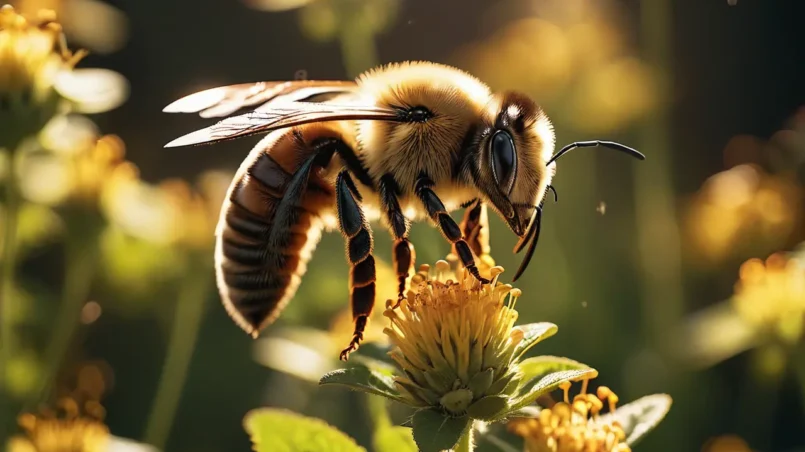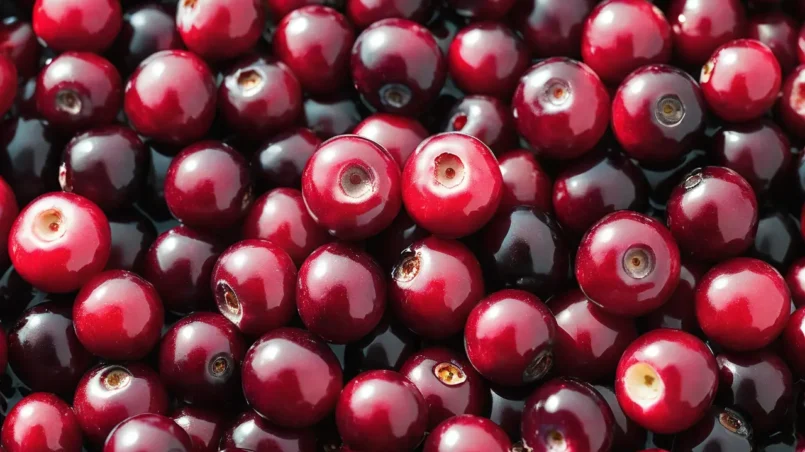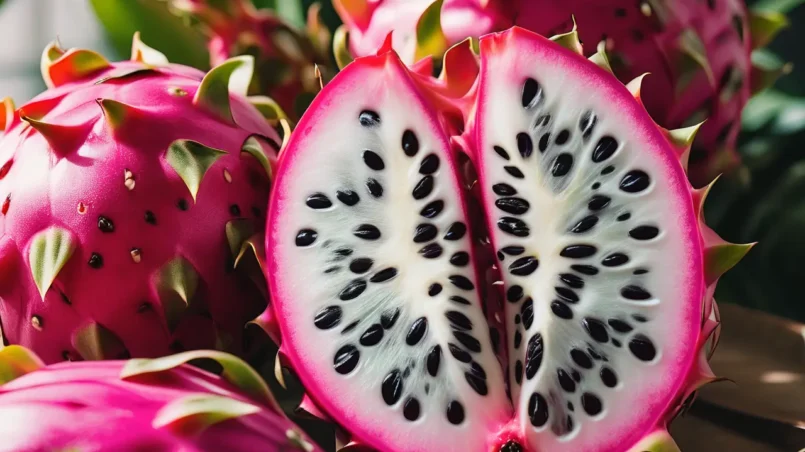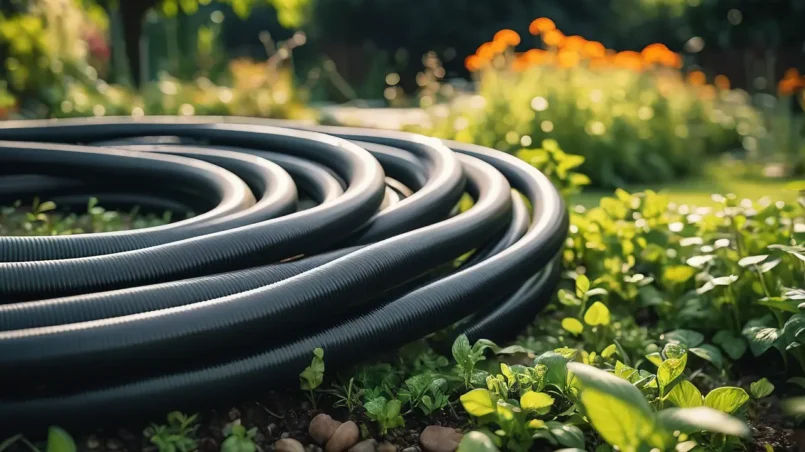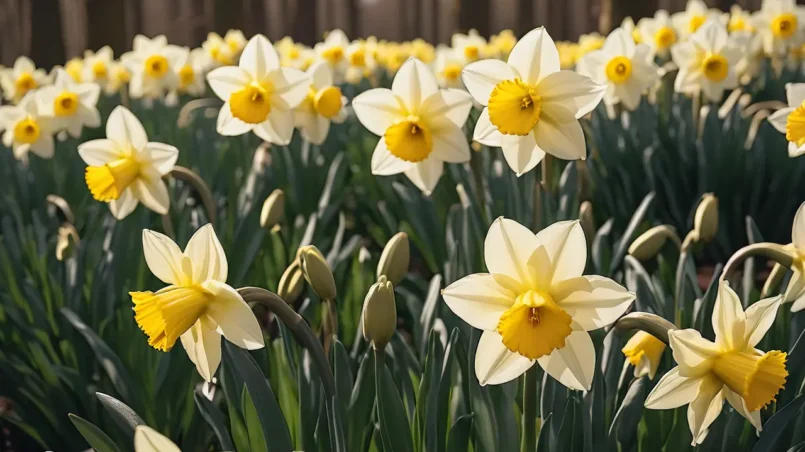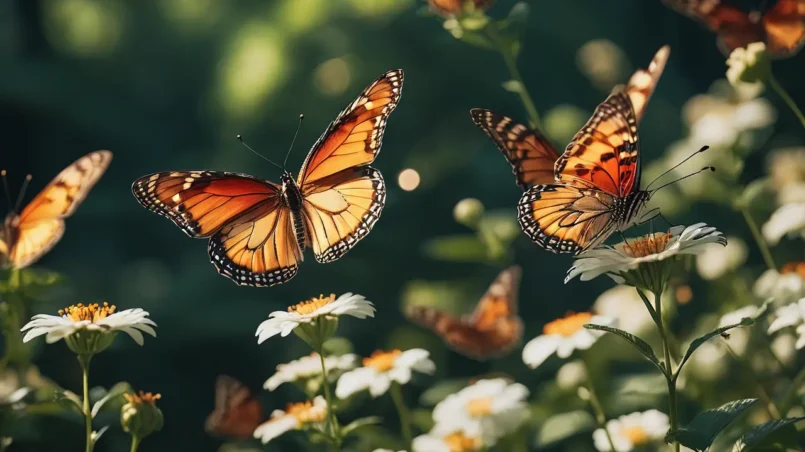Bees, with their intricate social structures and vital role in pollination, are among the most fascinating creatures in the natural world. Understanding their behavior is essential for both conservation efforts and human well-being. One aspect of bee behavior that has intrigued researchers and bee enthusiasts alike is their relationship with light. In this article, we delve into the complex interplay between bees and light, investigating whether bees are naturally attracted to light sources and...
Cranberries, with their vibrant red hue and tangy taste, are a quintessential fruit of the fall season. Whether enjoyed in sauces, juices, or baked goods, cranberries add a burst of flavor to dishes and beverages. Understanding the taste profile of cranberries is essential for appreciating their culinary versatility and nutritional value. In this article, we delve into the intricate flavors of cranberries, exploring their sweetness, tartness, and unique astringency. Cranberries Before we...
Dragon fruit, also known as pitaya, is a captivating tropical fruit celebrated for its vibrant hues and unique appearance. As one of the most visually striking fruits in the world, dragon fruit has captured the imagination of food enthusiasts and health-conscious individuals alike. Central to its allure is the dazzling array of colors that adorn its flesh, ranging from radiant reds to ethereal whites and sunny yellows. Dragon Fruit Before we delve into the kaleidoscope of colors exhibited...
In the realm of gardening and outdoor maintenance, few tools are as essential as a reliable hose. Whether watering plants, washing vehicles, or cleaning outdoor surfaces, a hose serves as a versatile and indispensable tool. However, the effectiveness and longevity of a hose greatly depend on how it is handled and maintained, particularly when it comes to rolling it up after use. Your Hose Before delving into the specifics of rolling up a hose, it’s essential to understand the hose...
When it comes to brightening up your garden in early spring, both daffodils and jonquils are popular choices for gardeners. Though often used interchangeably in casual conversation, these plants have distinct differences that can influence a gardener’s choice. Understanding these differences is key to selecting the right variety for your garden and ensuring a vibrant bloom season. Daffodils and Jonquils Daffodils, belonging to the genus Narcissus, are heralds of spring with their...
Butterflies, with their vividly colored wings and graceful flight, are among the most enchanting visitors to any garden. The colors that attract these beautiful insects are not just a matter of chance but are deeply rooted in their biology and the ecological relationships they have with their environment. Understanding the specific colors that draw butterflies can significantly enhance the effectiveness of garden designs intended to attract them. This article delves into the fascinating world...

